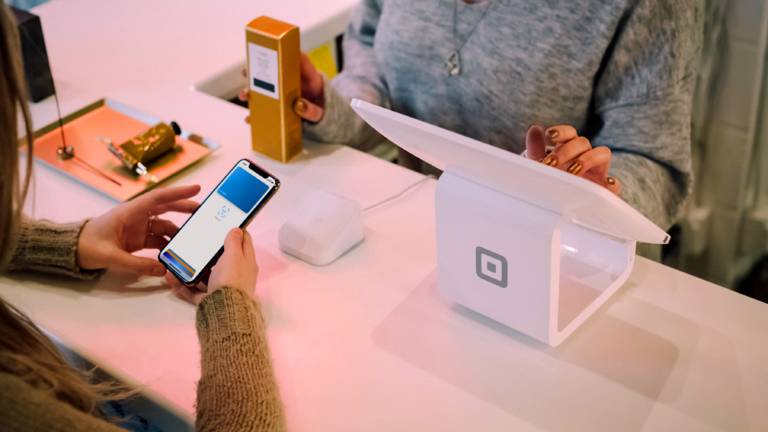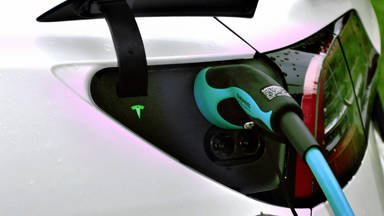
Payments with facial recognition are becoming more popular in China. Not only it is gradually replacing card payments but also those with smartphones.
Two main companies have developed this technology and want to compete for this type of payment: Tencent, which you may have already heard about as the owner of WeChat, and the Alibaba Group, which owns the largest e-commerce site in the world.
Both companies have platforms for paying with smartphones that are widely used in China, namely WeChat Pay and Alipay: the latter is used by about 700 million Chinese and was the first to introduce facial recognition in stores, starting last December, followed by WeChat Pay in March.
These payment systems are essentially devices equipped with a camera, which scan the biometric data of the face of the registered customer and then compare them with those already in possession of the payment platforms.
Alipay, for example, has been using facial recognition for user authentication for years (similar to what most recent iPhones provide), so a photo is also associated with the bank account.
Alipay ensures that the system is almost impossible to deceive. The facial recognition of the platform can distinguish the differences between two homozygotic twins and has a very low margin of error.
According to Jidong Chen, manager of a company linked to Alibaba, recognition accuracy is 99.8 percent.
But in addition to the questions about the security of this system, there are others that obviously concern privacy. To spread facial recognition as a payment method, Alipay and WeChat have partnered with various companies, including the JW Marriott Hotels (hotel chain), but it is unclear whether the biometric data of customers' faces are shared with partners or stored in some way by the shops.
According to a survey by an association linked to the Chinese central bank, 70 percent of the customers using electronic payment methods mentioned the security of their personal data as a major concern. Other users instead complained that paying with facial recognition is not so fast.
In China the first experiments with the use of facial recognition to pay were seen back in 2017, when a KFC branch restaurant in the city of Hangzhou - in a cooperation with Alipay - introduced a facial recognition system that according to Alibaba was the first in the world to be used to pay the bill in a store, and at the time of launch required the entry of your phone number.
Now that the system is more widespread and improved, it has been installed in shops, restaurants and even in metro stations: last March, in the Futian station in Shenzhen, facial recognition was started (now under test) to pass the turnstiles, which can be used after recording their biometric data and linking the bank account to that of the metro pass.
Alipay and WeChat have not yet disclosed how many merchants and large chain stores have installed face recognition as a form of payment, but everything implies that it is a rapidly expanding technology in the country, also because in China it was already used for non-commercial purposes.
The country has for some time been developing an extensive surveillance network based precisely on the biometric data of citizens. In some areas, like the Xinjiang region, tens of thousands of cameras have been installed to store large amounts of data and make the system as accurate and articulated as possible. In large cities this surveillance system is used, among other things, to identify those who violate the highway code.









